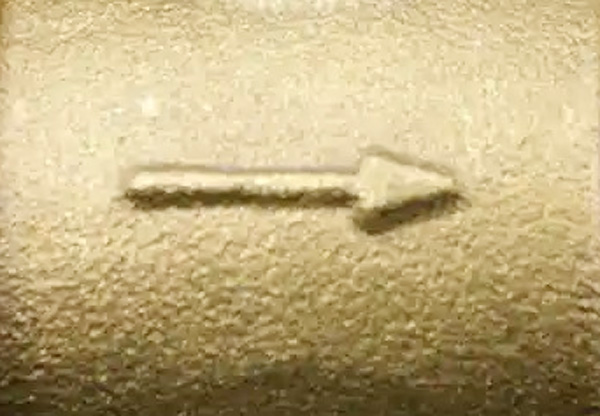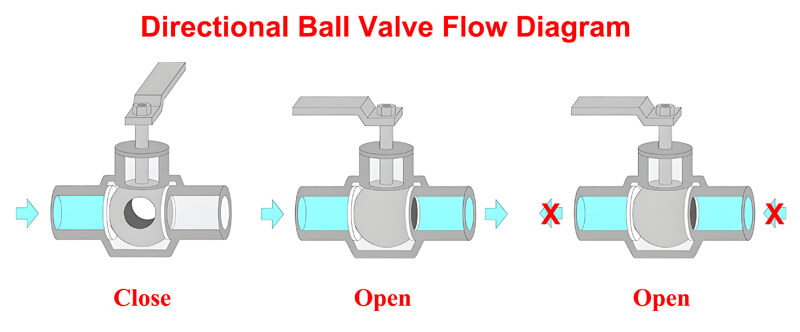Do Ball Valves Have a Flow Direction? Key Types & Installation Rules
Before answering the question of whether the ball valve has flow direction, we must first understand what a ball valve is, and then we can better understand the problem of ball valve flow direction.
What is a Ball Valve
A ball valve controls fluid flow using a hollow, rotating sphere with a central flow channel. Key components include:
- Valve body
- Sphere (ball) with a precision-bored hole
- Valve stem
- Sealing ring(s)
- Handle/actuator
Rotating the ball 90° opens/closes the flow path. Ball valves offer excellent sealing and quick operation, making them ideal for industrial applications.
Do Ball Valves Have Flow Direction Requirements
Contrary to popular belief, some ball valves require specific flow direction, while others do not:
- Bidirectional ball valves (e.g., trunnion mounted, soft-seated): No flow direction needed.
- Directional ball valves (e.g., metal seat ball valves, V-type): Must follow valve-body arrows to prevent seal failure.
Ball Valve Flow Direction Classifications
Flow direction marks of ball valve: usually put on the valve body with arrow mark, as shown below

Bidirectional Sealed Ball Valves

- Features: No flow arrows; reversible installation.
- Common Types: Trunnion mounted ball valves, soft-seated valves, O-type ball valves.
- Applications: Ideal for viscous or particle-laden media.
Unidirectional Sealed Ball Valves

- Features: Arrow markings on valve body; reverse installation risks seal damage.
- Common Types: Metal seat ball valves, V-type ball valves, eccentric semi-ball valves.
- Installation Rule: The auxiliary valve body end MUST face downstream.
Flow Direction Identification & Installation Guidelines
1. Check Valve Markings: Directional valves (e.g., metal-seated floating ball valves) display clear flow arrows.
2. Structural Clues:
– Floating ball valves are typically bidirectional.
– High-temperature/high-pressure valves (e.g., trunnion mounted) often require flow direction.
3. Orientation Rules:
– Vertical Installation: Flow bottom-to-top.
– Horizontal Installation: Follow arrow direction strictly.
Key Takeaways
- ✅ Bidirectional ball valves (trunnion mounted, soft-seated): No flow direction required.
- ⚠️ Directional ball valves (metal seat, V-type): Follow valve arrows to ensure sealing and pipeline safety.
- ❌ Reverse installation of unidirectional valves causes seal failure and safety hazards.
Post time: Jun-01-2025






